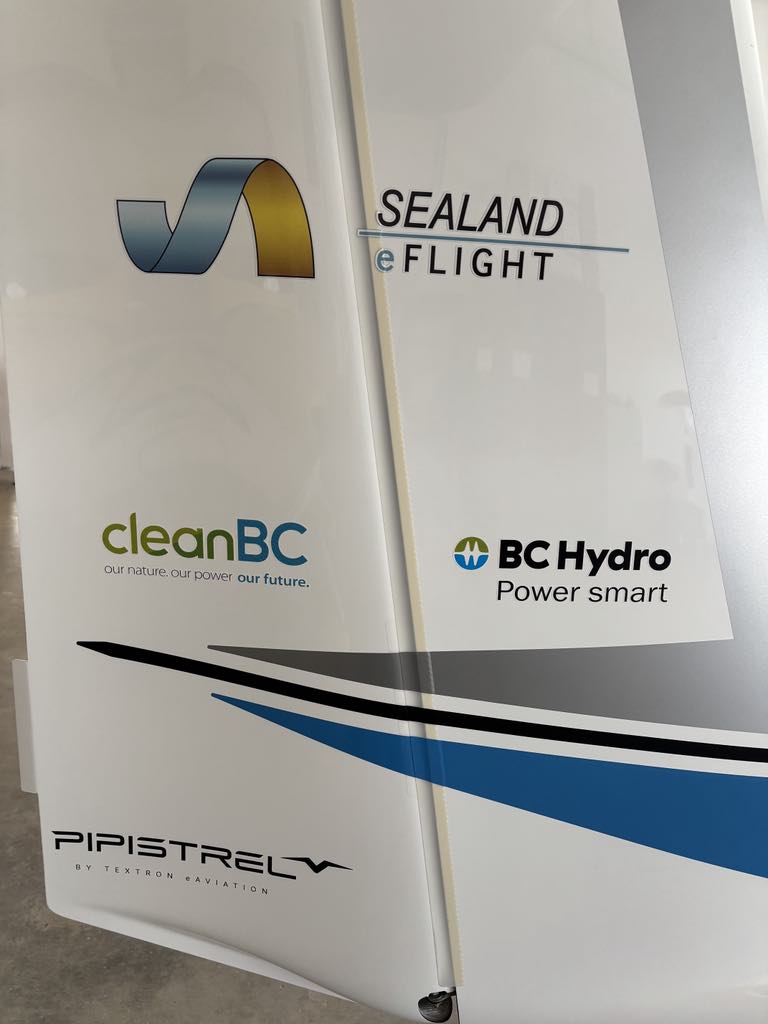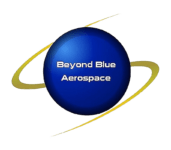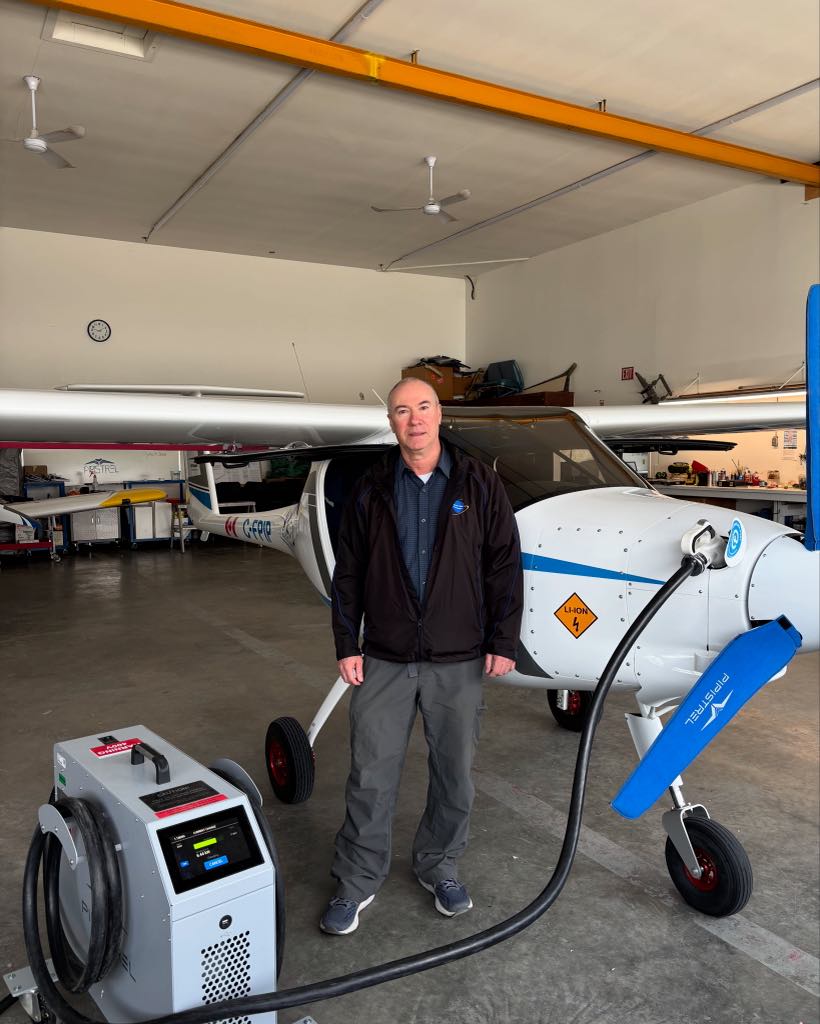Last time I flew to British Columbia (BC) was in 2014 to ferry a 1969 Citabria back to Ontario. This recent mission to BC in May 2025 was quite different. This time it was for flight training at Canada’s first electric aircraft flight school with Sealand Flight Ltd. in Campbell River (CYBL) on Vancouver Island.
CYBL is a picturesque location at 357’ ASL with snow covered mountain peaks off in the distance and visible in all directions. The airport has a single runway 12/30 (6,499’ x 150’) and it was busy the week I was there with helicopters, commuter planes, small piston engine aircraft, and most importantly one electric aircraft having call sign G-FPIP.
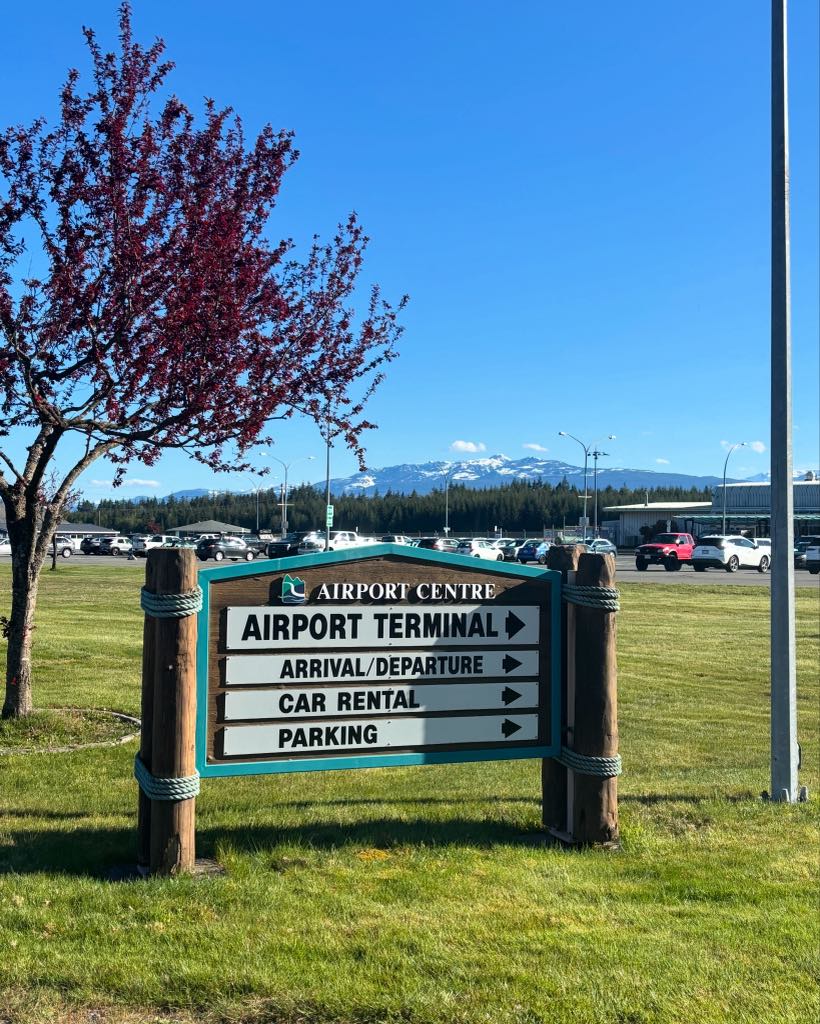
G-FPIP is a Pipistrel Velis Electro. This is a 2-seater composite tricycle gear (nose wheel) aircraft with flaperons. The Velis Electro is T-tail, high-wing, electric-powered aircraft manufactured by Pipistrel in Europe. The powerplant consists of a battery system, a variable frequency drive (VFD) and an electric motor. The Velis Electro has two batteries each with 11kWh and a total combined capacity of 22 kWh and both batteries are liquid cooled. The batteries can be charged quickly between the flights. The process of charging is very easy to do with a portable unit that offers various charging powers, ranging from 3.3 kW to 20 kW. Charging time varies depending on the charge status of the batteries and charger capabilities and takes between 30 minutes to 2 hours.
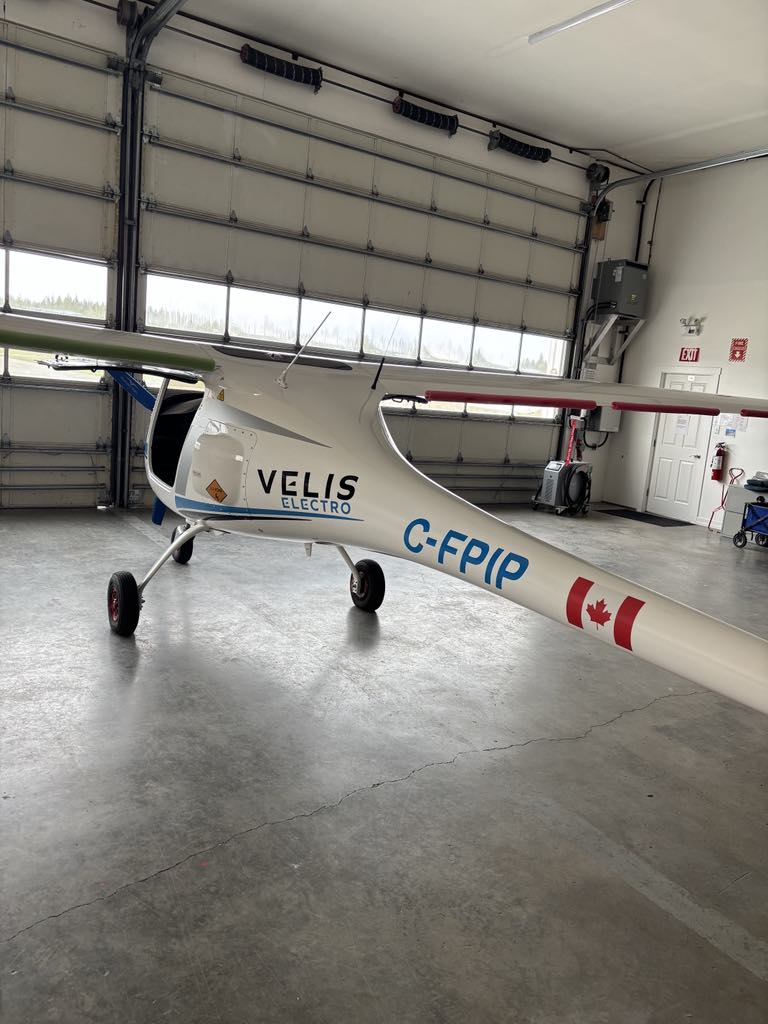

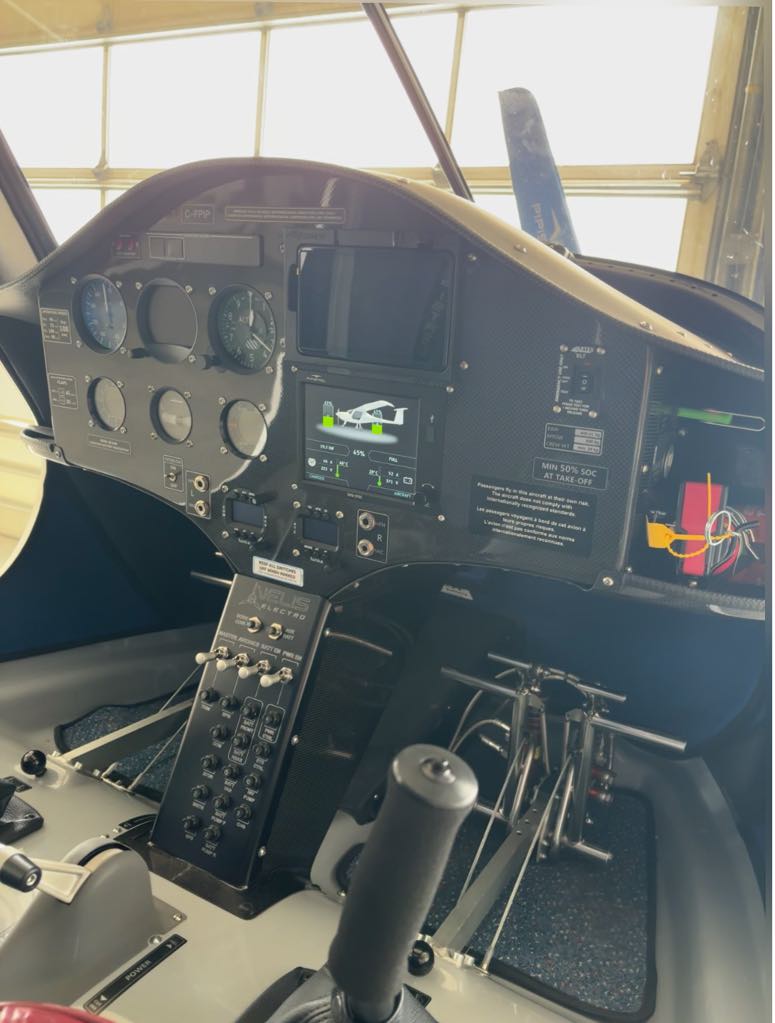
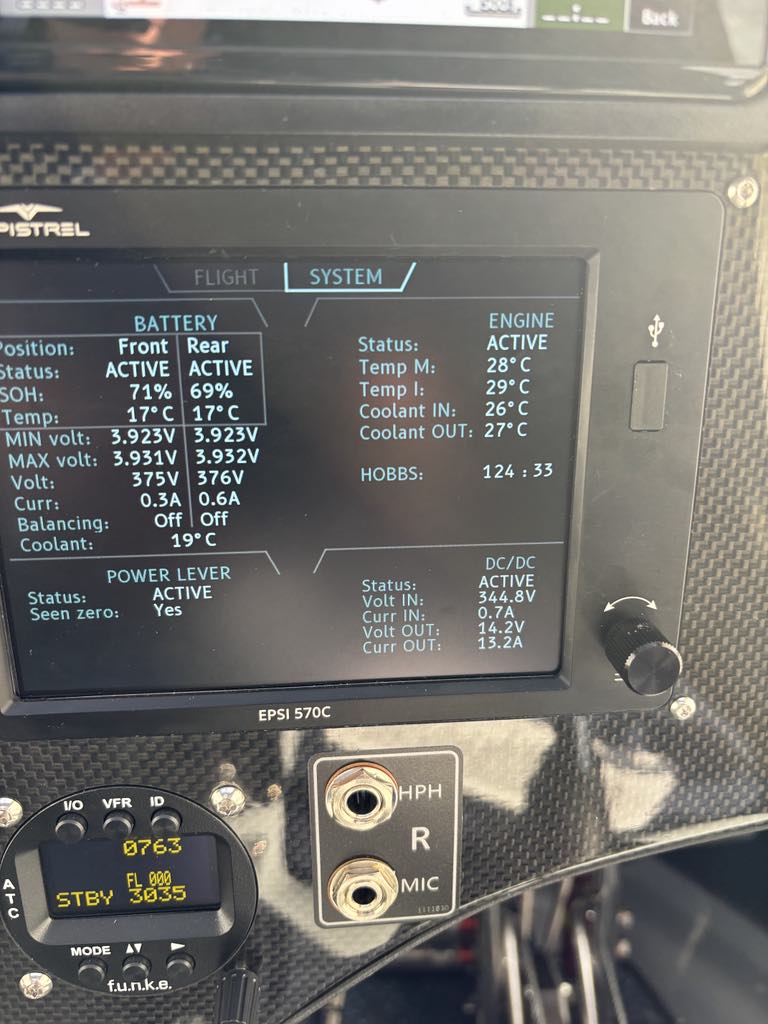
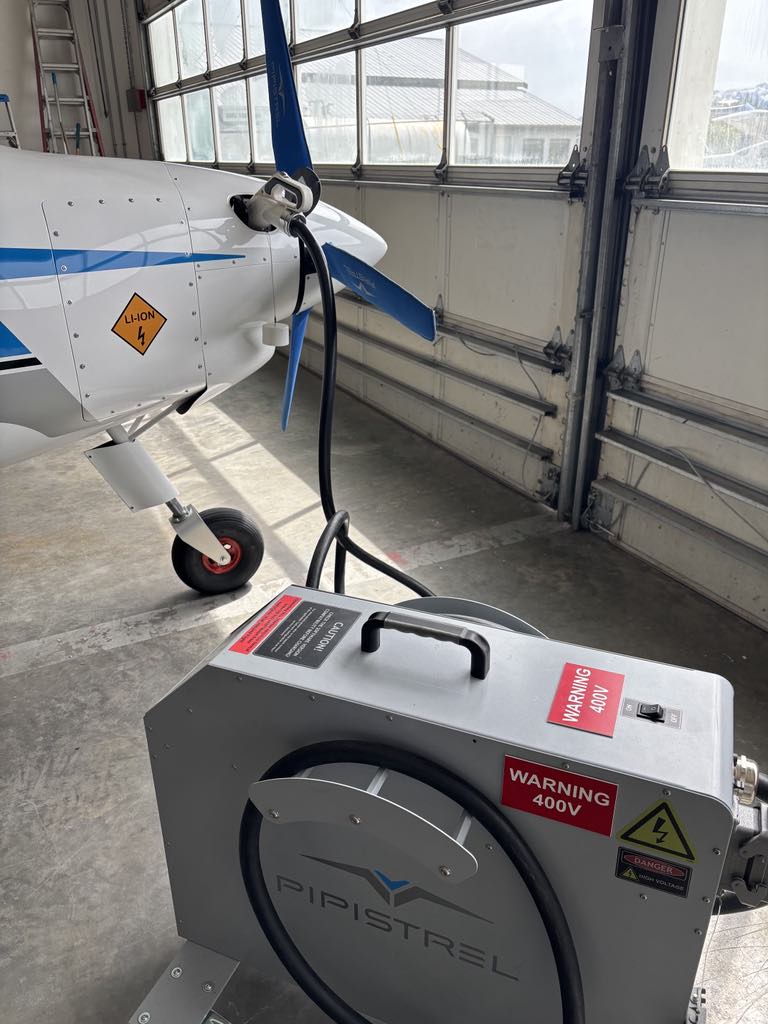
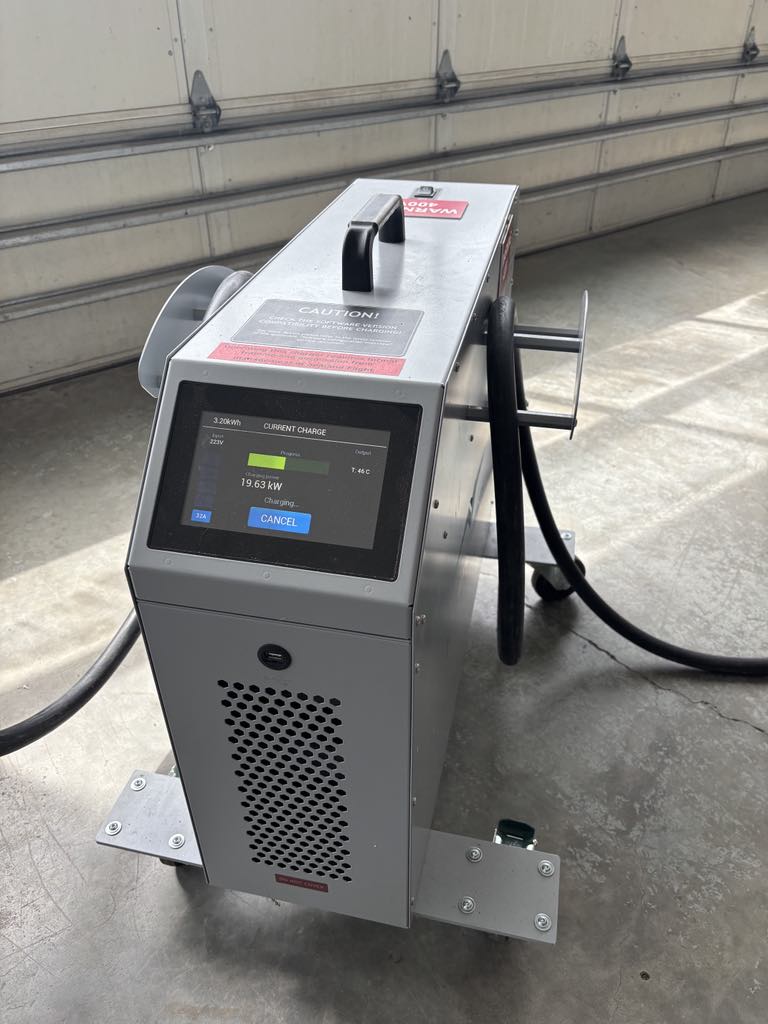
The training started with air work at 3000’ just over the Campbell River coast. I flew the usual exercises to get the feel of the aircraft – steep turns, slow flight, and stalls. The power on stalls in this plane felt like we were almost vertical at the stall point. After the air work, then we headed back to the circuit. The remainder of the training flights were practicing takeoffs and landings as well as emergency procedures.
The Electro was a really fun plane to fly. One of my favourite things about it is holding short of the active waiting for the traffic on final to clear and the Electro is silent. No avgas being wasted and really no energy being expended other than a bit for the radios and instruments. Takeoff is a real treat. The Electro accelerates in no time to 50Kts and then wants to climb. At a best rate of climb, the aircraft is at 500’ AGL before reaching the end of the runway. I can’t imagine if I had climbed at best angle. The climb attitude is quite nose high.
Similar to tailwheel aircraft, you have to really stay on the rudder pedals throughout the flight and more so during turns when the flaps are down (remember they are flaperons). As far as landing goes, this plane likes to glide. Most times I turned off the power completely abeam the landing point and didn’t need to add power again. You have to be prepared to turn final and approach the runway numbers in a slip when you need to. This plane is lower to the ground than I am used to so I flared a bit too high on my first landing and we played a bit of basketball. After that, I flared lower and patiently waited for the mains to touch the runway at minimal vertical descent and the remainder of my landings were much smoother. When taxiing for a turn or preparing to stop and you have the power off, it’s strange to see the propeller blades not moving. Not surprisingly, it’s a very quiet ride compared to a piston engine.
I felt quite comfortable with the electrical system as it is fully computerized and the battery state of charge, battery temperatures and other instrumentation is simple to understand. The instrument panel was designed with good human factors practices using logical panel layouts, and colour schemes. Somewhat similar to the start of the electric car industry, the battery power duration for cross country trips isn’t there yet. My opinion is that a hybrid power plant using avgas and electrical could work well to bridge the gap as we wait for battery technologies to further improve. Regardless, the Pipistrel Velis Electro is a great plane for student pilots learning to fly or for anyone interested in experiencing electric aircraft flight. The weather was quite accommodating during the time I was at CYBL. I accumulated about 5hrs in the Electro including solo time after the initial training. I’m excited to be one of the few pilots in Canada checked out on an electric aircraft. A huge thank you to all of the staff at Sealand who helped make my visit an enjoyable and worthwhile adventure. If you are interested in flying an electric aircraft, reach out to Sealand, you won’t regret the experience.
